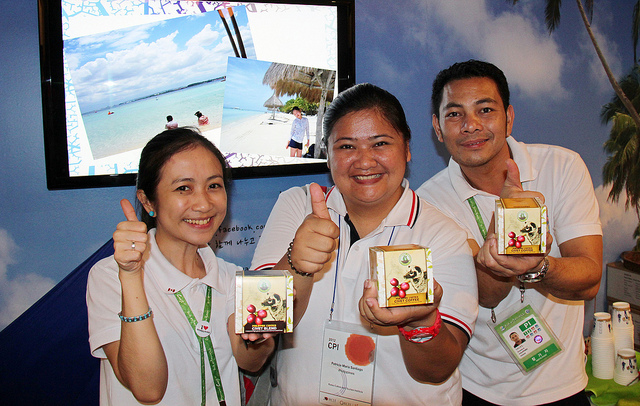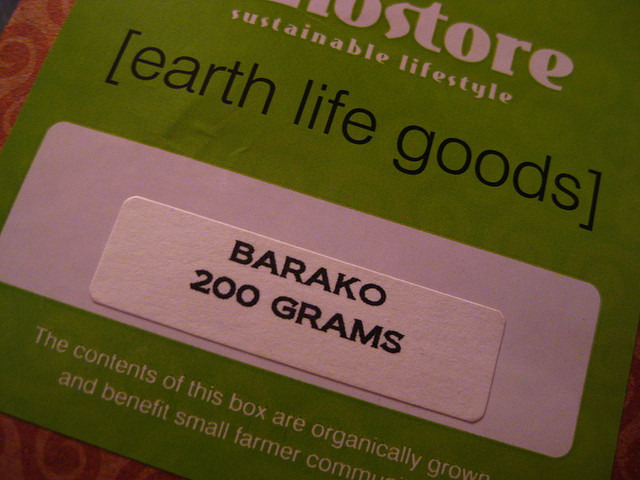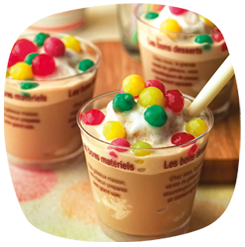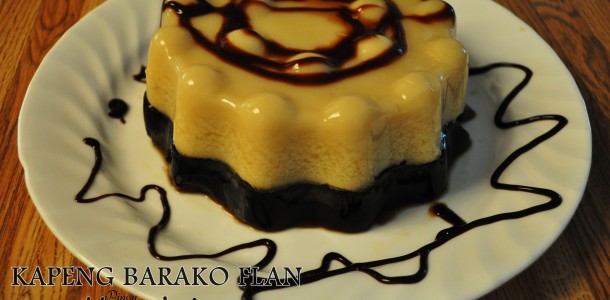Filipinos love drinking coffee. It is a staple drink for any occasion for coming together, whether for a short meeting in one of the most popular cafes in the country or as a pleasurable end drink after a hearty meal served at home. It is not surprising therefore that part of what comprises healthy cooking Philippines are coffee concoctions and recipes that make use of coffee.
Filipinos can enjoy both instant coffee and gourmet coffee. In fact, it can be said that a coffee culture exists in the Philippines, that is distinct from that observed in the Americas and European countries. Here are some coffee concoctions and recipes distinctly Filipino that could spell the difference in coffee experience.
Barako Coffee
Barako Coffee or Kapeng Barako in local parlance, is a coffee variety grown in the Philippines, specifically in Batangas and Cavite. Its name was lifted from a Tagalog word meaning wild boar which is often associated with a tough man. Its flavor and taste are strong, accompanied by a pungent aroma. It is best used to prepare espresso or espresso-based coffee drinks. The people from Batangas are known to use Barako coffee as an alternative to soup in preparing a particular rice dish.
Pinoy Iced Barako Coffee
It is but expected that with the Filipinos’ love for coffee, a cold coffee drink that is distinctly Filipino in taste will surface using the Barako coffee. It is prepared like other iced coffee drinks with the use of course of Barako coffee and topped with local Tablea chocolate shavings.
Sago and Coffee Iced Cooler
This is a variation of the Pinoy Iced Barako Coffee where cooked sago and gulaman are added to the drink. Instant coffee with sugar and milk can also be used instead of Barako coffee. Sago and gulaman are very popular additions to many Filipino iced drinks and desserts.
Coffee Flan
The Filipinos’ love for sweets and coffee is easily satisfied with Coffee Flan, using again the Barako coffee to provide the distinct Filipino coffee taste. The taste becomes even more distinctly Filipino with the use of coconut milk and pandan leaves while cooking the gelatin. The pandan leaves are discarded upon extraction of its flavor.
Coffee lovers are sure to have a different coffee experience when they try the many variations of Coffee Concoctions and Recipes – Filipino style. Experiences differ depending on the place we are at. These are just some examples of how coffee is presented in the Philippines.
Originally posted on May 25, 2014 @ 12:48 pm



